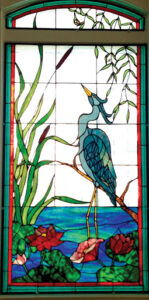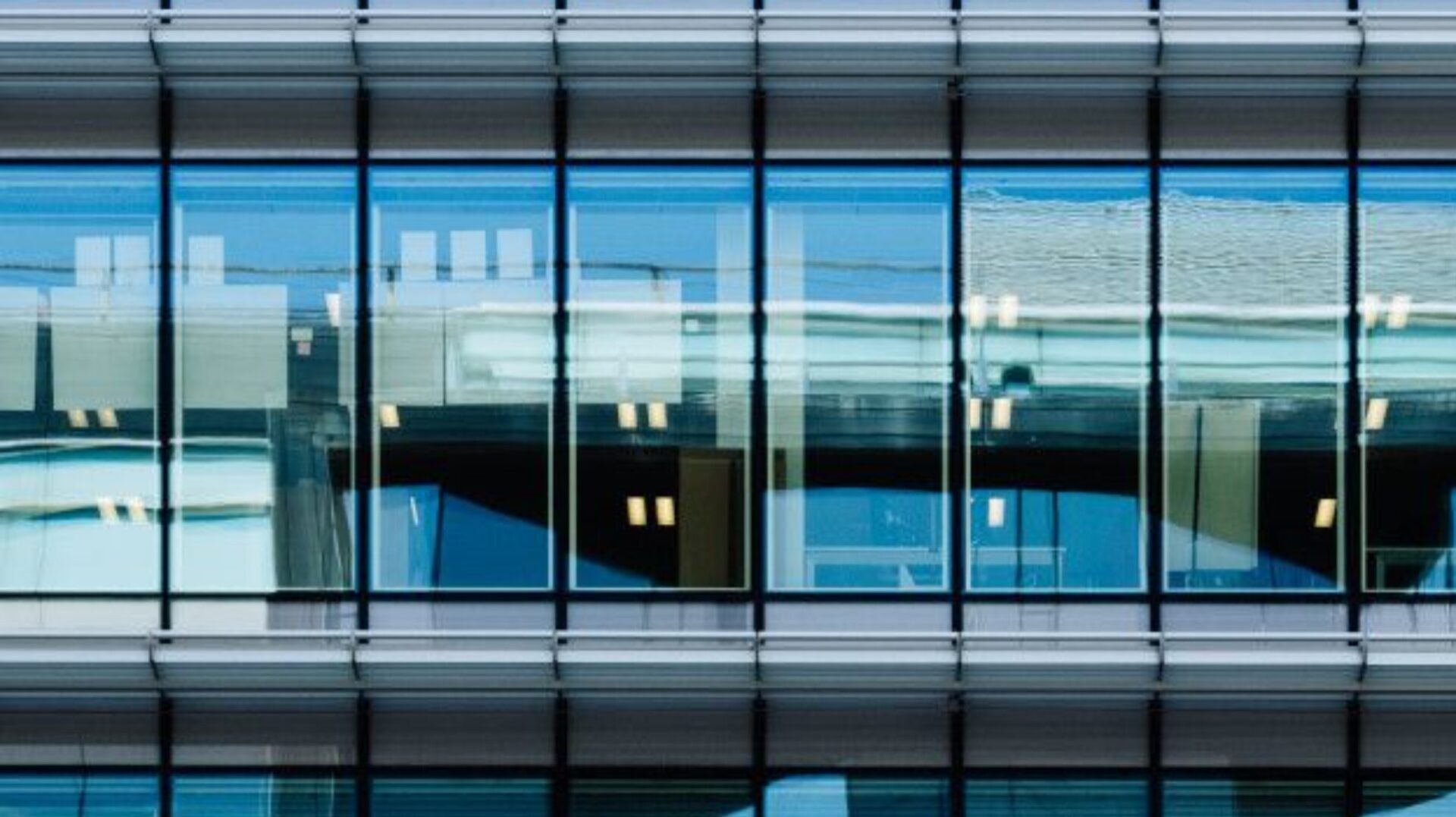
Introduction
What is Stained Glass?
Stained glass is a mesmerizing art form that has adorned windows and architectural marvels for centuries. It involves the arrangement of colored glass pieces to form intricate designs, often depicting religious scenes, heraldic symbols, or floral motifs.
Brief History of Stained Glass
Dating back to the Middle Ages, stained glass emerged as a prominent feature in European cathedrals, adding a divine glow to sacred spaces. Over time, its popularity spread worldwide, with artisans refining techniques and pushing the boundaries of creativity.
Benefits of Stained Glass
Aesthetic Appeal
Stained glass imparts a magical ambiance, filtering sunlight into a kaleidoscope of colors. Its luminous qualities create an enchanting atmosphere, elevating the visual appeal of any space.
Versatility in Design
From elaborate church windows to modern art installations, stained glass offers endless design possibilities. Whether traditional or contemporary, each piece showcases the artisan’s skill and artistic vision.
Cultural Significance
Beyond its decorative allure, stained glass holds cultural significance, symbolizing religious narratives, historical events, and societal values. It serves as a testament to human creativity and spiritual expression.
Functional Use in Architecture
Apart from its ornamental value, stained glass serves practical purposes in architecture. It can divide spaces, provide privacy, and control the influx of natural light, making it a versatile design element.
Types of Stained Glass
Traditional Stained Glass
Rooted in centuries-old traditions, traditional stained glass features intricate leaded designs, characterized by vibrant hues and meticulous craftsmanship. It remains a hallmark of Gothic and Renaissance architecture.
Tiffany Stained Glass
Named after renowned artist Louis Comfort Tiffany, Tiffany stained glass is celebrated for its opalescent quality and organic motifs. Tiffany’s innovative techniques revolutionized the art form, paving the way for new aesthetic possibilities.
Contemporary Approaches
In the contemporary art scene, artists continue to push the boundaries of stained glass, experimenting with unconventional materials and techniques. These avant-garde creations blend traditional craftsmanship with modern sensibilities, offering fresh interpretations of a timeless art form.
How Stained Glass is Made
Materials Used
Stained glass artisans rely on a variety of materials, including colored glass sheets, lead came, and solder. Each component is carefully selected for its color, texture, and light-transmitting properties, ensuring a harmonious composition.
Techniques Involved
The process of creating stained glass involves several intricate steps, from designing the pattern to cutting and assembling the glass pieces. Skilled artisans employ techniques such as glass painting, etching, and kiln firing to achieve desired effects.
Artisanal vs. Industrial Production
While traditional stained glass production emphasizes artisanal craftsmanship, modern methods often incorporate industrial techniques for mass production. However, regardless of the approach, each piece retains its unique charm and artistic integrity.
Uses of Stained Glass
Religious Buildings
Stained glass has long been associated with religious architecture, adorning the windows of churches, mosques, and temples. These luminous artworks convey sacred narratives and inspire contemplation among worshipers.
Residential Spaces
In residential settings, stained glass adds a touch of elegance and sophistication to interiors. Whether as windows, doors, or decorative panels, it infuses living spaces with warmth and character, creating a focal point for design.
Commercial Installations
From hotels and restaurants to museums and theaters, stained glass finds diverse applications in commercial settings. Its ability to captivate audiences and evoke emotion makes it a popular choice for enhancing ambiance and storytelling.
Care and Maintenance
Cleaning Tips
To preserve the beauty of stained glass, regular cleaning is essential. Use a soft brush or cloth to remove dust and debris, avoiding harsh chemicals that may damage the glass or lead came. Periodic cleaning ensures clarity and luminosity.
Repair and Restoration
In the event of damage or deterioration, stained glass can be repaired and restored by skilled artisans. Whether replacing broken pieces or reinforcing weakened joints, restoration efforts aim to preserve the integrity of the original design for future generations to admire.
Famous Stained Glass
Iconic Examples
Among the world’s most renowned stained glass installations is the stunning Rose Window at Notre-Dame Cathedral in Paris, renowned for its intricate tracery and vibrant hues. Another masterpiece is the Stained Glass Ceiling at the Chicago Cultural Center, showcasing Tiffany’s artistic brilliance.
Notable Artists
Throughout history, countless artists have left their mark on the world of stained glass, including the likes of John La Farge, Sarah Hall, and Harry Clarke. Their innovative techniques and visionary designs continue to inspire contemporary artisans.
FAQs
What is the history of stained glass? Stained glass has a rich history dating back to medieval times, where it adorned the windows of cathedrals and churches, depicting religious narratives and biblical scenes.
How long does stained glass last? With proper care and maintenance, stained glass can last for centuries, retaining its beauty and luminosity for generations to come.
Can stained glass be repaired? Yes, stained glass can be repaired and restored by skilled artisans, who carefully replace damaged pieces and reinforce weakened joints to preserve the integrity of the original design.
How much does stained glass cost? The cost of stained glass varies depending on factors such as size, complexity of design, and materials used. Custom commissions may be more expensive than pre-made designs.
What are the different types of stained glass? There are several types of stained glass, including traditional leaded glass, Tiffany stained glass known for its opalescent quality, and contemporary approaches that experiment with new materials and techniques.
Is stained glass difficult to maintain? While stained glass requires some maintenance, such as regular cleaning and occasional repairs, it is not overly difficult to maintain. With proper care, stained glass can retain its beauty and structural integrity for years to come.
Conclusion
In conclusion, stained glass stands as a timeless testament to human creativity and ingenuity. From its humble beginnings in medieval Europe to its continued relevance in contemporary art and architecture, stained glass continues to captivate and inspire audiences worldwide. Whether adorning the windows of cathedrals, embellishing residential interiors, or serving as focal points in commercial spaces, stained glass enriches our lives with its beauty and symbolism. As we marvel at the intricate designs and vibrant colors of stained glass, let us appreciate the skill and artistry of the craftsmen who bring these luminous creations to life.
For information on Glass : https://windowsglassrgi.com/wp-admin/post.php?post=506&action=edit
For your requirement of Facade Glass Work : http://www.nawinfratech.com
For your requirement of UPVC Doors & Windows : http://www.silvershadewindows.com


